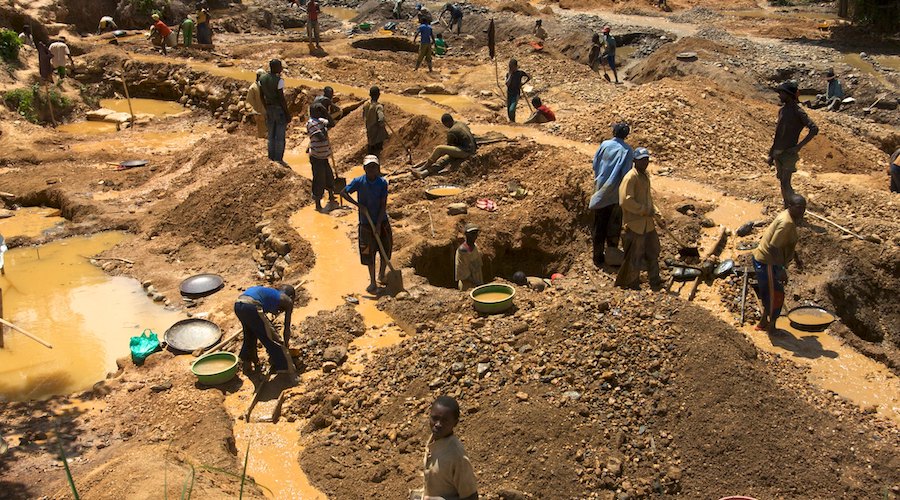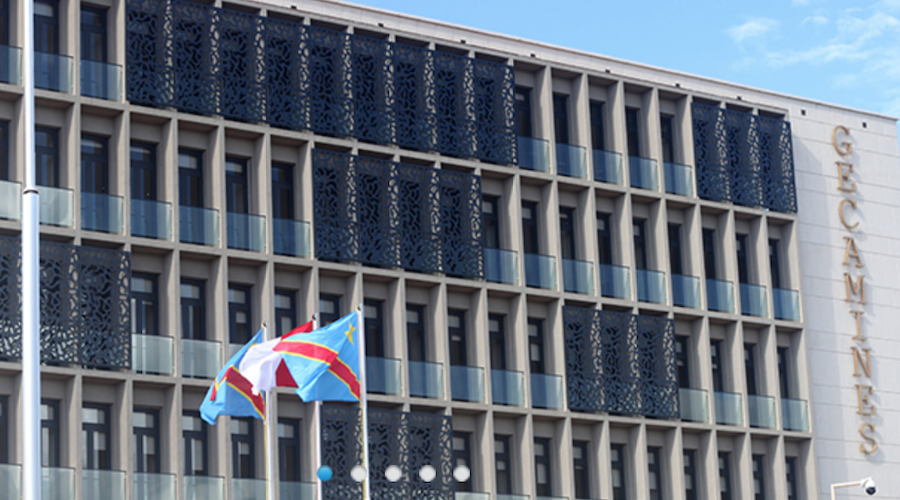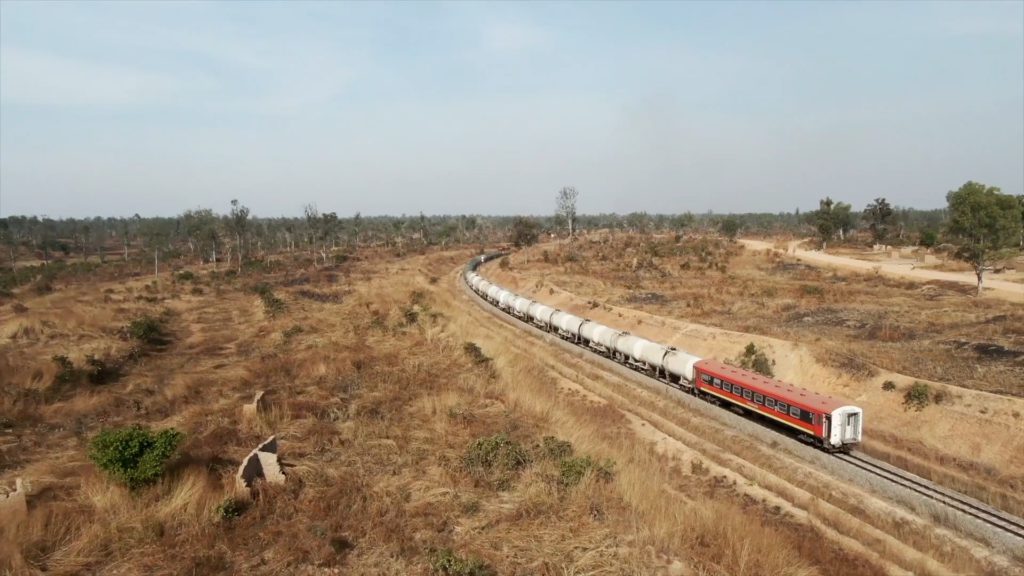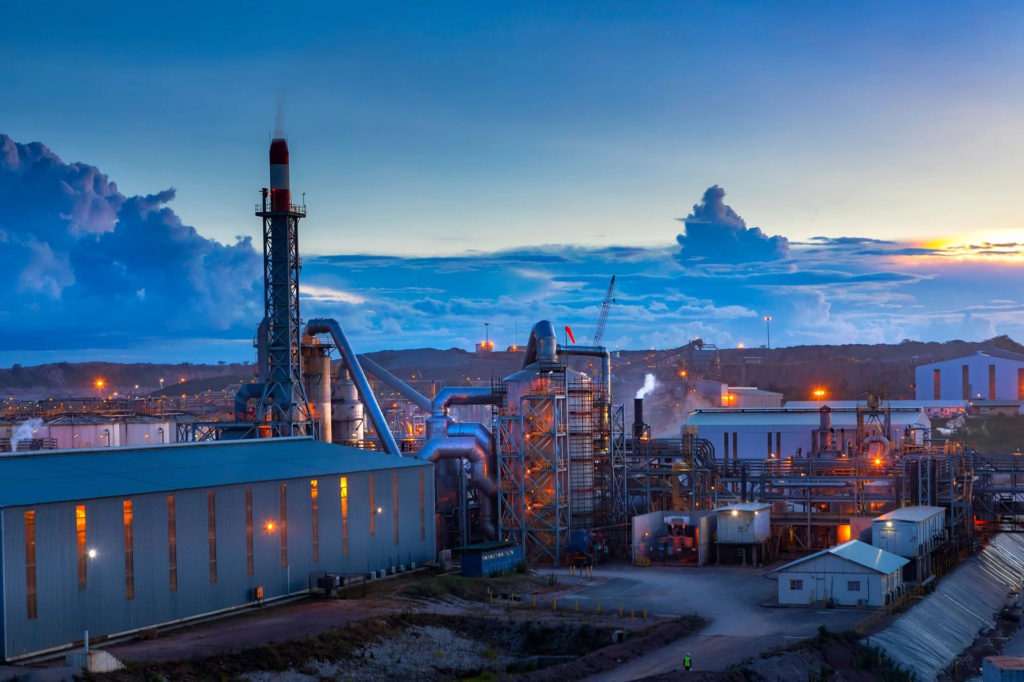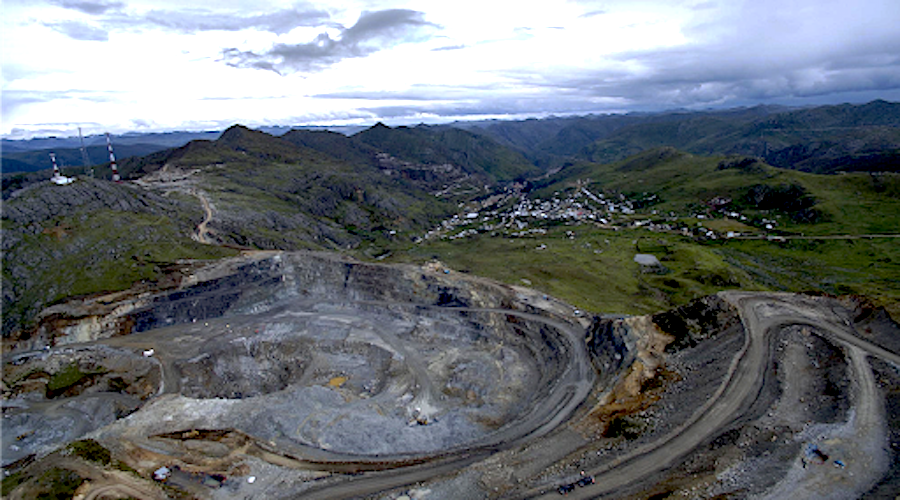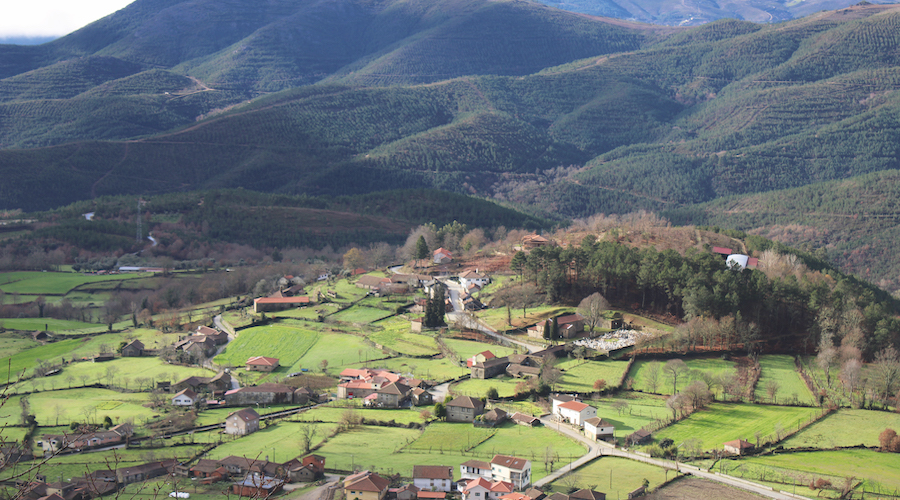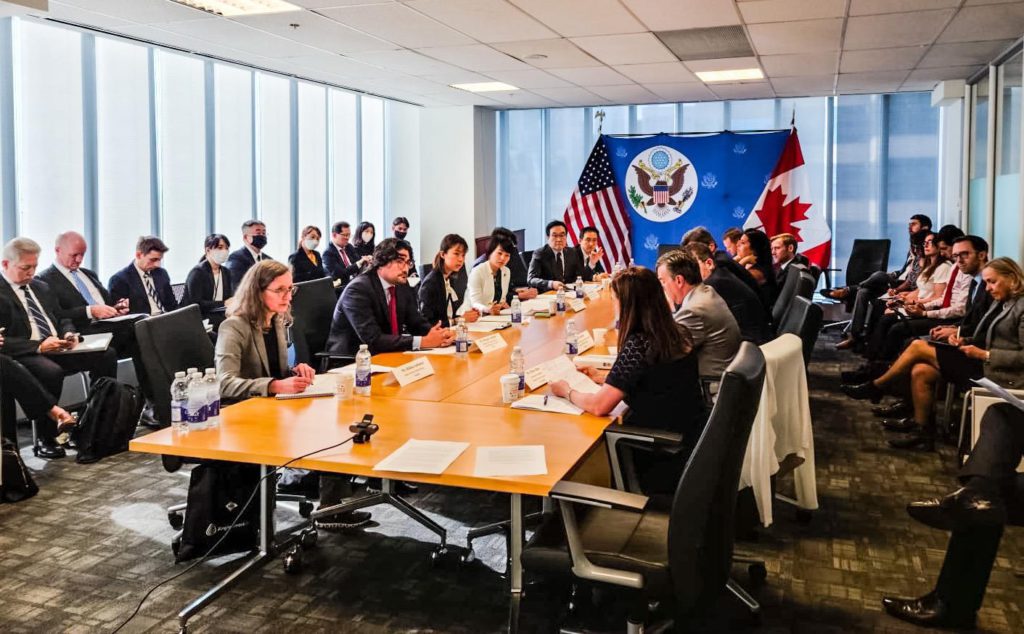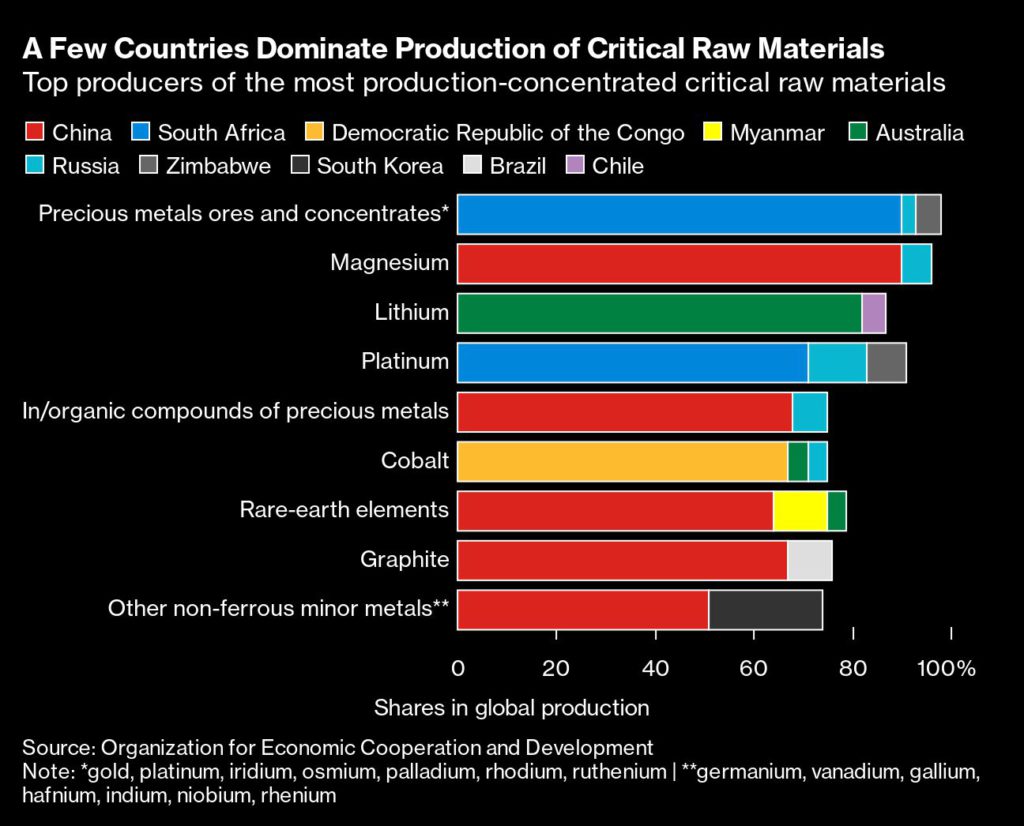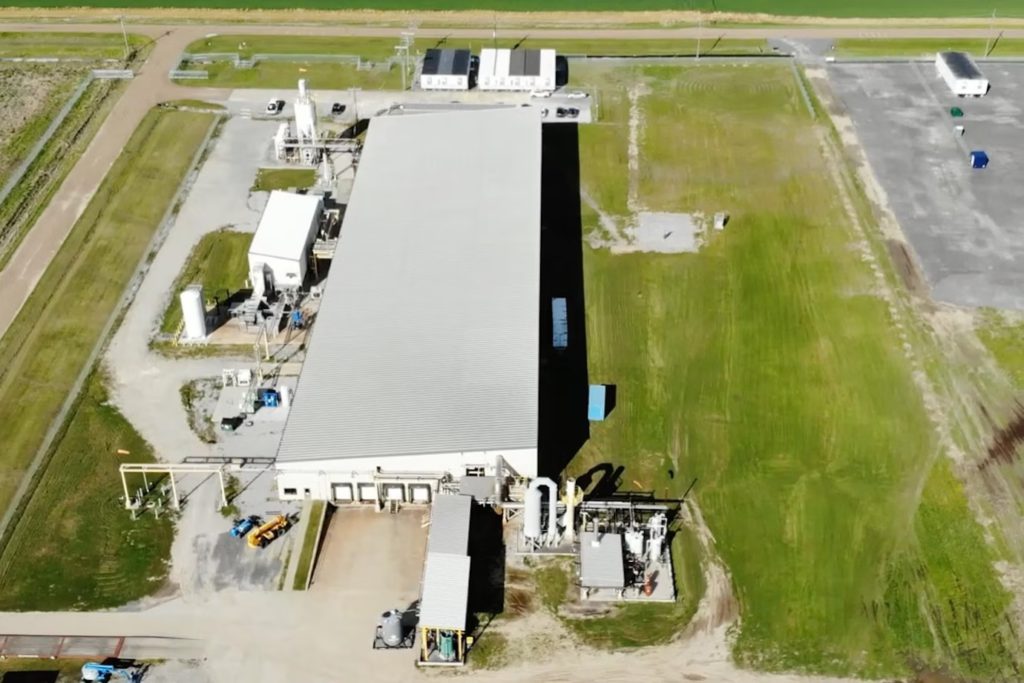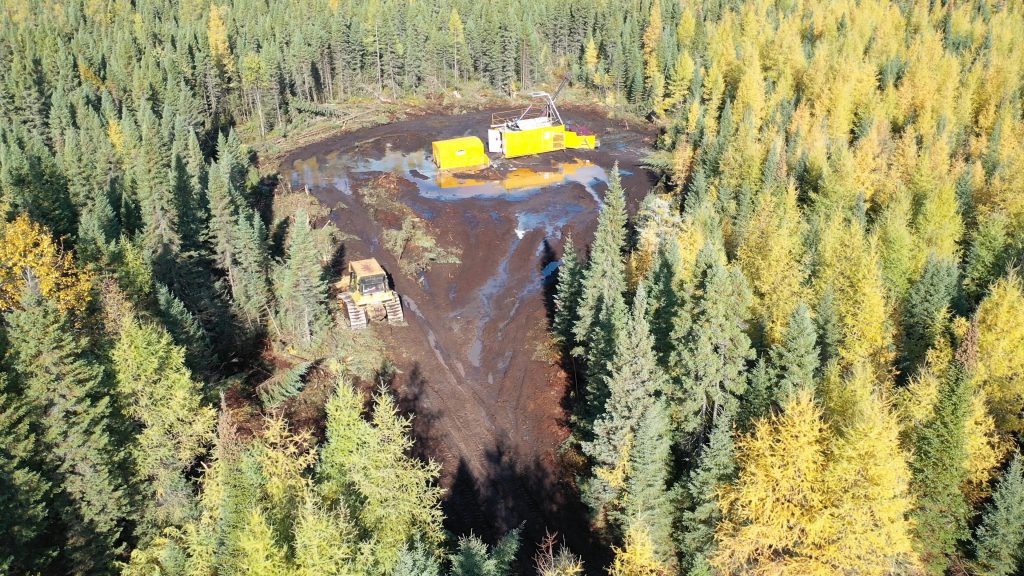SMRs economically feasible in Puerto Rico, study finds
08 February 2024
The Caribbean island of Puerto Rico is favourably positioned for the introduction of advanced micro and small modular reactors, according to an economic study conducted by Puerto Rican-led not-for-profit organisation the Nuclear Alternative Project (NAP).
.jpg?ext=.jpg) (Image: NAP)
(Image: NAP)
Puerto Rico - officially, Commonwealth of Puerto Rico - is an unincorporated territory of the USA and is located in the northeastern Caribbean. Puerto Rico currently generates 98% of its electricity from imported fossil fuels, and its power plants, built in the late 1960s, experience outage rates 12 times higher than the US average. Within the next decade, Puerto Rico proposes a transition from a centralised system dependent on fossil fuels to a distributed system centred on clean energy. Its legislature in 2018 passed a bill calling for an investigation into the possibility of building nuclear power plants on the island, which suffered widespread outages following Hurricane Maria in 2017.
Announcing the publication of its latest report - titled Advanced Small Nuclear in Puerto Rico - Economic Study - NAP said: "This report encompasses a wide array of aspects surrounding Puerto Rico's economy and energy sector. We explore market conditions and their performance based on key energy-economic indicators, and socio-economic implications to construct a holistic understanding of the energy landscape associated with potential developments of advanced small nuclear power plants in Puerto Rico."
NAP said the key findings of the study "encompass various facets, including national energy demand, micro and small modular reactor (SMR) energy demand, energy supply, physical infrastructure, climate change, and financial and economic sufficiency".
The study found that real Gross Domestic Product (GDP) per capita in Puerto Rico is about USD32,000 per year, ranking it 19th among the 65 countries compared, "surpassing 17 countries with robust nuclear energy developments or policy support, such as the Slovak Republic, Turkey, Romania, Russia, Bulgaria, and Argentina".
With regards to Puerto Rico's energy consumption per capita, over the past 10 years there has been a 1.8% decline in the annual average growth. However, the report notes that the current level is higher than countries with strong support for nuclear, like Ukraine, Turkey, Argentina, Romania, Brazil and Mexico.
The island also has aging energy infrastructure, with an average lifetime of around 43 years. Four of its power plants, with a combined capacity of 3600 MWe, were scheduled to be retired in 2023 but this did not happen.
"When analysing the economic conditions of Puerto Rico, it becomes evident that a strong industrial sector, accounting for 51% of the total GDP, coupled with a high level of real GDP per capita, approximately USD32,000 per year, positions the country favourably for the introduction of advanced micro and small nuclear reactors," the report says.
"The significant dependency on fuel imports, amounting to around USD1.5 billion in 2021, presents a considerable challenge for Puerto Rico. By developing renewable energy sources, which currently represent 7% of the energy infrastructure and generate around 10% of the total electricity, advanced nuclear reactors could play a pivotal role in diversifying the energy mix.
"In conclusion, while micro and small nuclear reactors may not always appear as the most cost-effective solution in the short term, a value-based approach prompts us to consider their broader benefits. By focusing on the flexibility, reliability and environmental advantages they bring, we recognise that their worth extends far beyond initial construction costs. Embracing a value-based perspective allows to see these reactors not as expensive burdens, but as valuable assets in the transition to a more sustainable and resilient energy future."
NAP was founded in 2016 by Puerto Rican engineers in the US nuclear industry to inform and advocate for SMRs and microreactors in Puerto Rico.
A preliminary feasibility study published by NAP in May 2020 concluded that advanced nuclear reactors can meet Puerto Rico's unique energy needs by complementing renewable sources with zero-emission electricity resilient to extreme natural events. The study was funded by the US Department of Energy (DOE).
In November 2021, DOE awarded USD1.6 million in funding to NAP to study the potential siting of small reactors in Puerto Rico. NAP has identified two potential sites on the island, based on US Nuclear Regulatory Commission criteria.
Preparatory work stepped up for Russia's first land-based SMR
09 February 2024
Construction of worker camps and a new road to the site is under way for the Yakutia small modular reactor project, with Rosenergoatom officially designated as the operating organisation by parent company Rosatom.
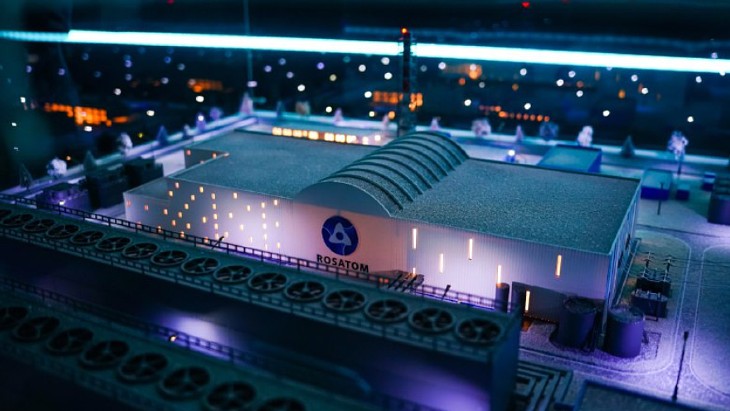 How the SMR could look (Image: Rosatom)
How the SMR could look (Image: Rosatom)
The small modular reactor (SMR) is a water-cooled RITM-200N 55 MW reactor that has been adapted from the RITM-200 series used to power Russia's latest fleet of nuclear-powered icebreakers. It will be built near Ust-Kuyga in Yakutia (also known as Sakha) in Russia's Arctic north, with the aim of commissioning in 2028.
Nuclear regulator Rostekhnadzor granted the construction licence in April 2023. In an update on progress Rosatom said "preparatory work ... is proceeding at full tilt: the building of the first construction camp for 250 persons has been completed; the first stage construction of the second camp for 683 persons has commenced and is expected to be completed in the fourth quarter of 2024". Construction of a new 12 kilometre stretch of road linking Ust-Kuyga and the SMR site has started, it added, as well as other construction base facilities, and 9,500 tonnes of cargo is scheduled to be delivered om the next few months.
The aim of the plant is "to provide a clean, cost-effective and stable source of energy to the remote Arctic territories of Yakutia with a decentralised energy supply. The electric power of the station will be at least 55 MW, the service life of non-replaceable equipment will be up to 60 years".
Although it is planned to be the first land-based SMR in Russia, the country has plans for a widespread roll-out of small reactors in the year ahead - it says its goal is to have up to 20% of the global market for small and micro modular reactors. Its estimate is that they will number in the hundreds in the coming years.
Within Rosatom's structure, with the SMR, Rosenergoatom acts as the technical customer and operating organisation, and Rusatom Overseas as the developer.
CNEN and Eletronuclear discuss Brazilian nuclear programme
09 February 2024
The presidents of the National Nuclear Energy Commission (CNEN), Francisco Rondinelli, and Eletronuclear, Raul Lycurgo Leite, covered Angra 3's prospects for 2029 completion, domestic fuel supply, the Brazilian Multipurpose Reactor and site selection for the radioactive waste-focused Nuclear Technology Centre (CENTENA) in their talks.
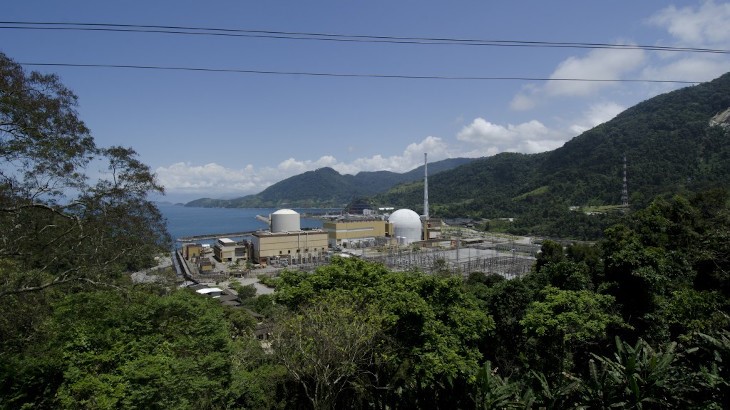 Brazil currently has two units at Angra (Image: Eletronuclear)
Brazil currently has two units at Angra (Image: Eletronuclear)Rondinelli said the meeting “represents a significant step in consolidating cooperation between CNEN and Eletronuclear, reaffirming the joint commitment to the safe and sustainable development of the nuclear sector in Brazil". He gave an update on the negotiations relating to CENTENA which will be a disposal facility for radioactive waste, with operational support buildings and research and technological facilities for things such as nuclear medicine.
Leite said that the supply of nuclear fuel "adding value to Brazilian uranium, could be the main immediate market achievement in the short term".
They agreed on the need for a fresh Brazilian nuclear programme, with Rondinelli indicating the process of developing it would be outlined after June's 5th National Conference on Science, Technology and Innovation.
Their meeting came a week after representatives from Eletronuclear and Empresa Brasileira de Participações em Energia Nuclear e Binacional (ENBpar) met with regional government figures to discuss strategic projects for the company, including the life extension project for Angra 1 as well as completion of Angra 3.
According to Eletronuclear they also discussed the possibility of a tax incentive at the state level for the nuclear sector, as had been done from 2011 to 2017 with federal taxes, saying "the tax incentive could improve Eletronuclear's cash flow, an essential measure for the company's long-term sustainability. It is also noteworthy that the state government can be a strong ally to support the extension of the useful life of Angra 1 and the advancement of Angra 3".
Brazil currently has two reactors - Angra 1 and Angra 2 - which generate about 3% of the country’s electricity. Work on the Angra 3 project - to feature a Siemens/KWU 1405 MW pressurised water reactor - began in 1984 but was suspended two years later, before construction began. The scheme was resurrected in 2006, with first concrete in 2010. But, amid a corruption probe into government contracts, construction of the unit was halted for a second time in 2015, when it was 65% complete. It resumed again in November 2022 - at the time of the project’s revitalisation, Eletronuclear’s aim was to start operations by the end of 2026.
Brazil also began a process to identify sites for new nuclear power plants in 2022. The country has historically relied on hydro for as much as 80% of its electricity but changes in rainfall patterns produced droughts which reduced this to 65% by 2018. Brazil’s National Energy Plan to 2050 says the country aims to add 10 GW of nuclear capacity in the next 30 years.
USA's Project Phoenix to support Slovenia SMR study
08 February 2024
The US State Department's Project Phoenix aims to help countries transition from coal to small modular reactors (SMRs). Slovenia had applied to take part, and has now been selected to receive advisory and technical services as part of the programme.
.jpg?ext=.jpg) (Photo: Ukraine's Embassy in the USA)
(Photo: Ukraine's Embassy in the USA)
Project Phoenix was announced by US Special Presidential Envoy for Climate John Kerry (pictured above) at the COP27 climate conference in 2022 and aims to support energy security and climate goals by creating pathways for coal-to-SMR power plant conversions while retaining local jobs through workforce retraining. The first recipients, announced in September last year, were the Czech Republic, Poland and Slovakia.
In a letter announcing the award to Slovenia, State Department assistant secretary C S Eliot Kang, said there had been many "excellent applications" and Slovenia's selection "is testament to the high quality of the proposal". Sargent & Lundy are the implementing partner for the programme, and they will be working with Slovenian stakeholders to identify priority project areas.
He added: "Based on discussions between your government and Sargent & Lundy it is understood that you desire to use the services provided under Project Phoenix to facilitate your government's completion of a pre-feasibility study for potential future SMR deployment ... the result of this assessment will be a comparison of vendor technology capabilities to the goals and priorities" agreed. It could also include compiling information to aid assessment of costs and economic benefits of SMR facility construction and operations in the country.
Tina Seršen, Slovenia's Minister of Environment, Climate and Energy, said: "Participation in the Phoenix project gives Slovenia the opportunity to fulfill the commitments of the National Energy and Climate Plan, which, among other things, foresees that we will study the possibilities of introducing new nuclear technologies. The new nuclear technologies mainly include the technologies of small and advanced modular reactors which are the subject of the consulting and technical assistance of the Phoenix project. Recently, this technology has been intensively developed all over the world, and we are definitely interested in the possibilities of its use in Slovenia as well."
The application was prepared with the Ministry of the Environment, Climate and Energy as coordinator. It said that the aim was to complete the project within a year.
Slovenia already has plans to build a new nuclear power plant - the JEK2 project - with up to 2400 MW capacity next to its existing nuclear power plant, Krško, a 696 MWe pressurised water reactor which generates about one-third of the country's electricity and which is co-owned by neighbouring Croatia. A referendum has been pledged to take place, probably later this year, to ensure public backing for that plan, and more new nuclear in general.
TRIGA International begins fabricating MARVEL fuel
08 February 2024
The Framatome-General Atomics joint venture has begun fabricating the fuel for the US Department of Energy's (DOE) MARVEL microreactor, with delivery of the first shipment of fuel expected in spring 2025.
.jpg?ext=.jpg) A rendering of the MARVEL microreactor (Image: INL)
A rendering of the MARVEL microreactor (Image: INL)
MARVEL - a sodium-potassium-cooled microreactor designed to generate 85 KW of thermal energy - is to be built inside the Transient Reactor Test Facility at Idaho National Laboratory where it will be used to advance new reactor technologies. It will be one of the first new reactors to be built at the lab in more than four decades, and is expected to be online in 2027, with future plans to connect it to a microgrid.
The fuel the reactor will use is similar to the uranium-zirconium hydride fuel used in the TRIGA pool-type research reactors that are in operation at various universities around the world. TRIGA International is the only supplier of fuel for those reactors.
John Jackson, the national technical director for DOE's microreactor programme, said securing the fuel for the MARVEL project addressed a primary technical challenge. "The initiation of fuel fabrication represents another tangible step toward making this exciting test platform a reality," he said.
TRIGA International was awarded a contract worth about USD8.4 million late last year to produce 37 fuel elements for the MARVEL project. It started the fabrication process at its facility in Romans, France, late last month, the DOE said.
"Securing the fuel for the MARVEL microreactor project addresses a primary technical challenge,” said John Jackson, the national technical director for DOE's microreactor programme. "The initiation of fuel fabrication represents another tangible step toward making this exciting test platform a reality."
A preliminary safety analysis report for MARVEL will be submitted for review later this year as part of the DOE authorisation process, and tests are also under way on a full-scale, non-electric prototype of the reactor - the primary coolant apparatus test, or PCAT - to provide data on the system’s coolant flow and power generation to ensure the reactor will perform as expected. PCAT has been installed at Creative Engineers Inc's manufacturing facility in Pennsylvania.
Agreement signed for planned UK fleet of AP300 reactors
08 February 2024
Westinghouse has signed an agreement with Community Nuclear Power Limited (CNP) for the construction of four AP300 small modular reactors (SMRs) in the North Teesside region of northeast England. It would be the UK's first privately-financed SMR fleet.
.jpg?ext=.jpg) How the AP300 might look (Image: Westinghouse)
How the AP300 might look (Image: Westinghouse)
CNP - formed in September 2022 - is working with strategic partners, including Jacobs and Interpath Advisory, to develop a fully licensed site for the project, with a target of 2027. The project is being privately funded.
"The component parts and agreements needed to make this ground-breaking proposition happen - land, capability, technology, private capital funding, and community demand - are in place," CNP said. "This is the first privately funded project deploying SMRs anywhere in Europe, and our goal is to be generating clean energy with in ten years' time.
"There is mature market-led demand in Teesside for clean, reliable energy - in this instance a programme to build a specialised site that provides green sustainable power for the region and supports the development of a Green Energy and Chemical Hub on the North Tees Group Estate, with the ambition of producing power to liquids (e-fuels and e-chemicals) through an offtake ecosystem on the north bank of the River Tees, near Stockton-on-Tees.
"The North Tees Group Estate is reclaimed and regenerated industrial land, and the provision of clean, always-on energy from at least four AP300s will help attract inward investment and high-value jobs."
Westinghouse said the collaboration "will further expand scale for workforce, training and supply chain localisation via multiple deployment projects", adding that it is a "significant step in making this new energy sector a reality with commercial operation expected by the early 2030s".
The project is in accordance with the recently published UK Government Alternative Routes to Market for New Nuclear Projects consultation and complementary to and supportive of Westinghouse's participation in Great British Nuclear's (GBN's) SMR technology selection process, Westinghouse noted.
"This project brings together Westinghouse's proven technology and mature supply chain with our depth of expertise in nuclear programme delivery, in a region that is transforming its industrial landscape," said CNP CEO Paul Foster. "We are delighted to be working with Westinghouse in support of private deployment in North Teesside."
Westinghouse launched its AP300 SMR in May last year. It is a single-loop pressurised water reactor based on the AP1000 technology and the company hopes to get design certification by 2027, with construction of a first unit beginning in 2030, with operation slated for 2033.
"We want to thank Community Nuclear Power for this tremendous opportunity to deliver our advanced, proven AP300 SMR technology to the UK market," said David Durham, Westinghouse President, Energy Systems. "Our AP300 SMR is ideally suited not just to support grid generation, but also for industrial sites for generating clean and secure energy and the ability to produce hydrogen, e-fuels, desalination and district heating."
Tom Greatrex, chief executive of the Nuclear Industry Association, welcomed the agreement, saying: "Nuclear is an essential part of our journey to energy security and net-zero and this project shows that there is real appetite for new nuclear in the UK. A fleet of SMRs has the potential to bring significant investment and jobs to regions across the country, as well as providing clean energy for homes and industrial sites.
"Nuclear has already played a vital role in powering the North East, helping to give it some of the cleanest power anywhere in the UK and creating good jobs for people. We look forward to seeing how this project develops alongside others in the pipeline."
The UK government has plans to expand nuclear energy capacity to 24 GW by 2050, with a fleet of SMRs a key part of that strategy. Last year, the government and the new GBN arms-length body set up to help deliver that extra capacity began the selection process for which SMR technology to use. In October, EDF, GE Hitachi Nuclear Energy, Holtec, NuScale Power, Rolls Royce SMR and Westinghouse were invited to bid for UK government contracts in the next stage of the process.
"We are at the final stages now of preparing and getting the approvals for the invitation to submit an initial tender document," GBN chairman Simon Bowen told WNN last month. "This is the next stage where all six companies will engage with our contractual documentation in terms of how we think it should be structured. They'll submit the responses in their initial tender, we will then go through a process to down-select to around about four with the aim to be placing contracts later in the year."
World Nuclear News podcast: Great British Nuclear's Simon Bowen on the UK's plans for 24GW and the SMR contest:
Researched and written by World Nuclear News
.jpg?ext=.jpg) Jetboring operations underground at Cigar Lake (Image: Cameco)
Jetboring operations underground at Cigar Lake (Image: Cameco)

